Traditions surrounding the Christian religious holiday of Christmas may seem to be age-old and time-honoured, but many are newer than we’d think. What’s even more surprising is that the stories we tell each other about the traditions are also, themselves, a bit mixed-up. Read on for several myths about Christmas stories, and traditions — and where they really came from.
Jesus couldn’t have been born on Dec. 25
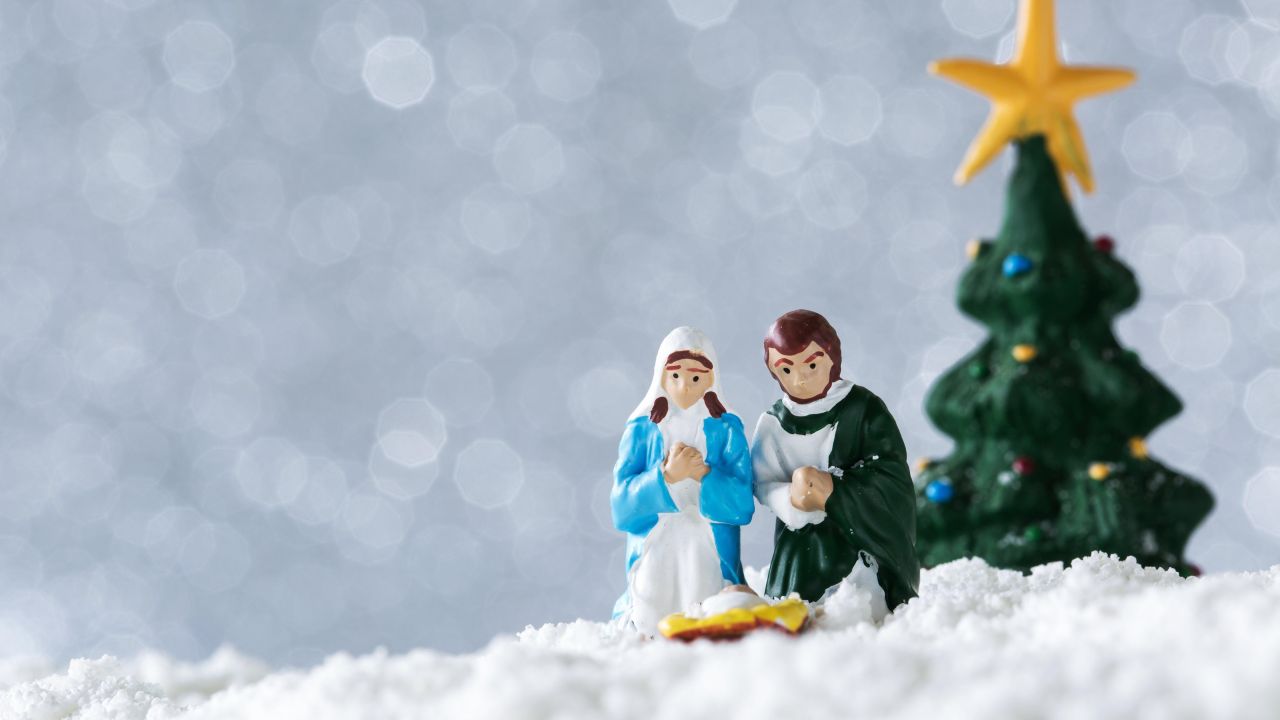
Christmas may be a day for celebrating the birth of Jesus, but that’s not because Jesus was thought to be born on Dec. 25. There is no commonly accepted date of birth for the guy — even assuming that he was a real historical figure, which is debated. (He definitely wasn’t born in the year 0, by the way. King Herod, who according to the story tried to kill the infant Jesus, died in the year 4 BCE. One hopes that if the king arose as a murdering zombie several years after his death, that detail would have been mentioned.)
So what about Dec. 25? That date was chosen to honour Jesus’s birth centuries after the fact. It doesn’t even fit with the details in the Biblical stories: Censuses were usually done in the fall, and shepherds weren’t likely to have had their sheep out in the fields in December.
Santa was not a Finnish mushroom shaman

This is one of the lesser-known Christmas myths, but to be honest, it would be pretty cool if true. The story goes that Sami shamans in Scandinavia would dress in red and white to match the colours of the psychedelic Amanita mushrooms they peddled. In the winter, they couldn’t make their door-to-door sales due to snowstorms blocking many doors, so they would climb in through the chimney. The mushrooms would then be hung to dry, for example on branches of a tree brought inside for that purpose.
Unfortunately, the details don’t check out. Houses and yurts of the area were not built in ways that would block the occupants in all winter; there’s no documentation of mushrooms being distributed this way or dried on indoor trees when they could just be hung in more convenient ways; and Santa’s red outfit came from a different European tradition entirely.
But it is true that there is a Scandinavian tradition (among the Sami people, in particular) of using those red-and-white mushrooms for religious visions and as medicine. In one tradition, the shaman might climb up an indoor tree to the smoke hole (or chimney) to look out. So while parts of the story may sound familiar, inviting a shaman over to trip on mushrooms is an entirely separate celebration from the gift-giving Christmas ritual.
Santa actually comes from an entirely different holiday
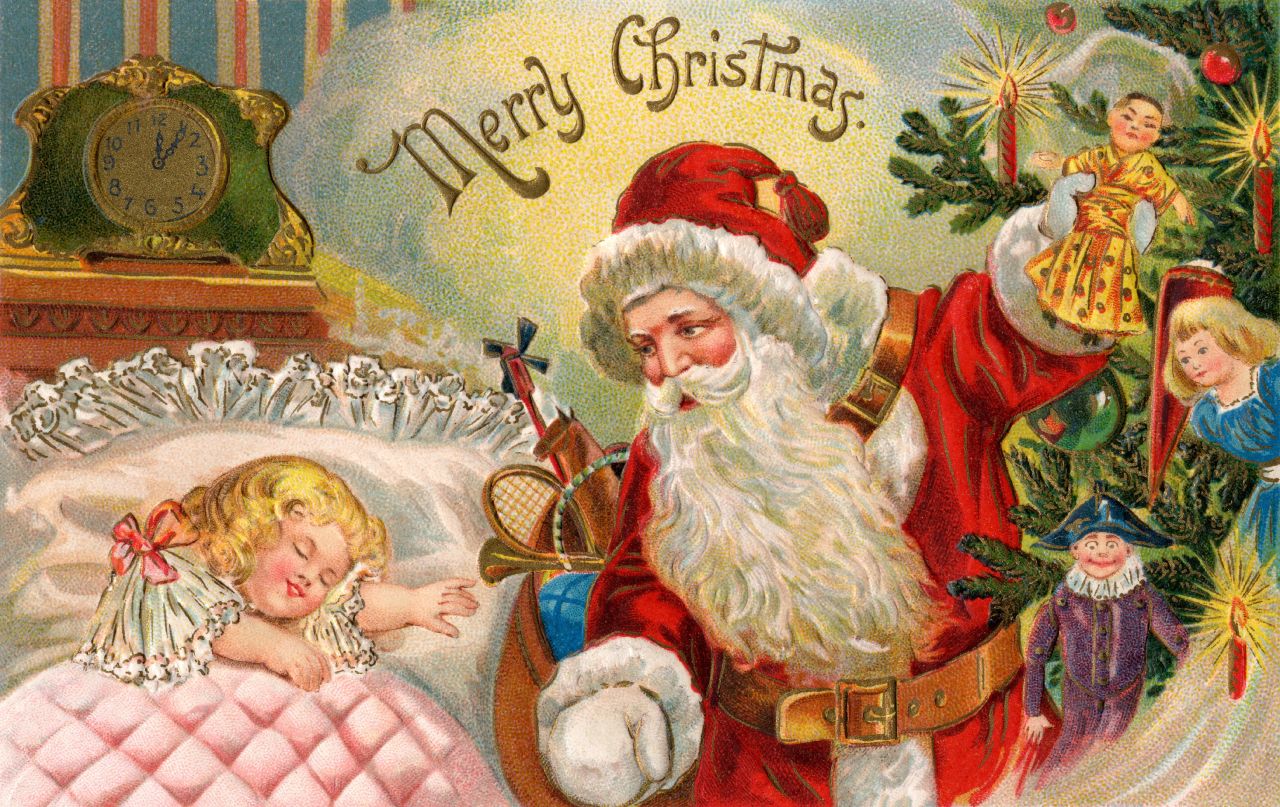
“Santa Claus” is the English name for the person the Dutch call Sinterklaas, who is the earthly manifestation of the 4th-century Greek-Turkish bishop Saint Nicholas. This saint has his own feast day in early December, when he delivers coins and candy to children’s shoes or, in some tellings, socks.
This tradition comes from a legend in which the saint saved three girls from becoming slaves or sex workers by dropping off gold coins at their house (through the window, when nobody was looking) until their family had enough for dowries for all three. In another tradition, he revived three boys who had been killed and pickled. Not sure why we don’t reenact that one, too.
Anyway, the two December celebrations merged; the poem ’Twas the Night Before Christmas was likely one of the things that combined the saint with Christmas celebrations. But some families still have children put their shoes out for treats on Dec. 6, as a prelude to the gifting festivities later in the month.
Nativity scenes don’t portray the story told in the Bible
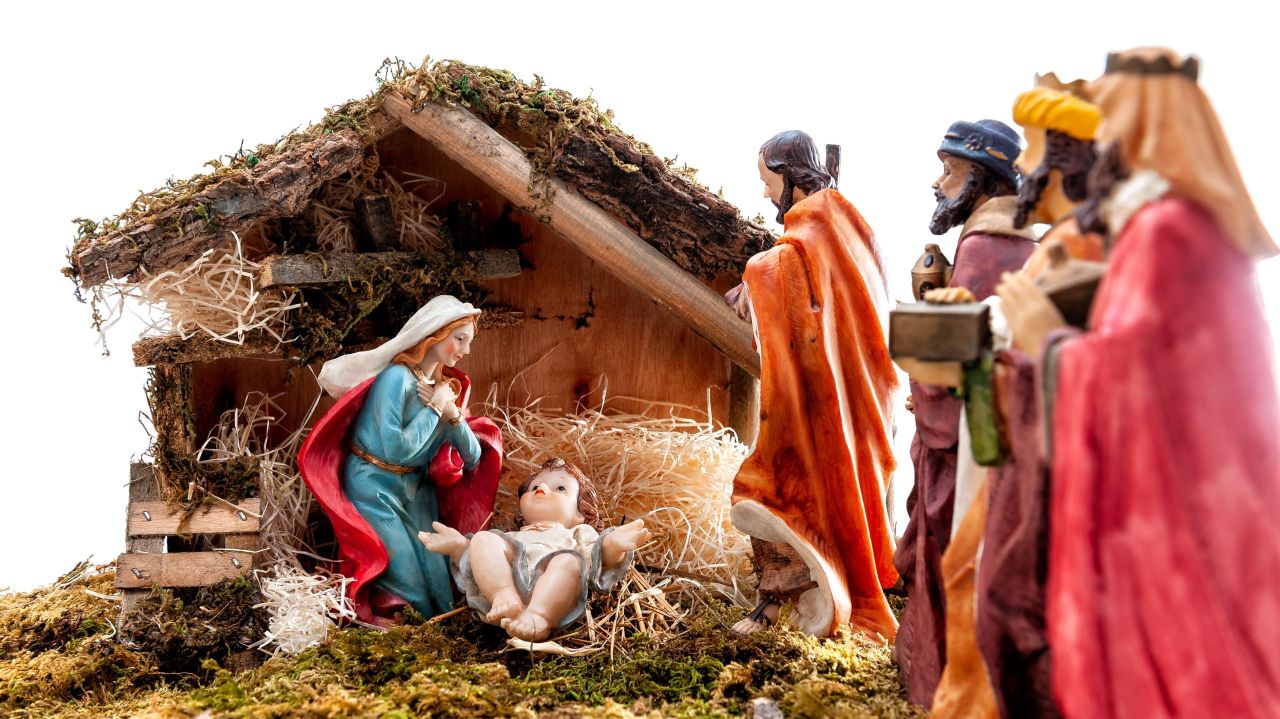
Many of the details of artworks and of manufactured nativity scenes don’t come from Biblical descriptions, but from guesses at filling in gaps in the barebones stories provided in the text. For example, “wise men” (not necessarily kings) came bearing gifts in one of the two Biblical versions of the story, and three gifts are named: gold, frankincense, and myrrh. That has led to a depiction of three individual people, each bearing one gift. Later depictions gave the three kings names and countries of origin; these were artistic licence.
Similarly, nowhere in the Biblical story does it say Jesus was born in a barn, just that there was no room for his family at the place they were staying, and that after his birth he was laid in a manger. Scholars think it is more likely that Mary and Joseph were staying with relatives who didn’t have a bedroom for them, and had to crash in a common room. A manger, by the way, is not another name for a barn. It’s a feeding trough, and there’s no indication whether the manger in the story was actively in use (maybe there were livestock also being sheltered in the common room, which happens) or if they repurposed an unused manger when they needed a makeshift cradle.
Christmas trees don’t have specifically pagan origins

It is a bit weird that we bring a tree indoors for the Christmas season just to decorate it and toss it out on the curb. But instead of being a pagan custom whose religious significance has been lost, it seems to be a trend from Renaissance-era Europe.
What is possibly ancient in origin is the idea of decorating with greenery: Holly, ivy, mistletoe, and other plants were hung on walls for various winter celebrations throughout the ages. But trees, specifically, aren’t documented as indoor Christmas decorations before the 1500’s, when we know of a few examples in what is now Germany. And it wasn’t until 1848 that England’s Queen Victoria and Prince Albert popularised the idea of a decorated Christmas tree with royal displays.
Coca-Cola did not invent Santa

As a kid, I remember being perplexed by a Christmas card at my Grandma’s house. An old-timey illustration on the cover showed a bearded man carrying a sack of gifts while wearing fur-trimmed clothes — so clearly this was Santa — but the clothes were green, and the man was skinny. I realised that this must have been a depiction of Santa or one of his precursors (maybe St. Nicholas) from some chaotic time before everyone agreed that Santa was plump and wore red.
So how did that image get standardised? One myth holds that Coca-Cola simply invented Santa in the 1930’s, either from scratch or by redesigning a traditional character to wear Coke’s trademark colours. But, as Snopes writes, the Santa character evolved over time before Coke ever got their hands on him. There were fat and thin Santas in various colours of clothing, but by the time of Coke’s campaign the rotund, red-garbed version was already the most popular.
Yule is not (just) a synonym for Christmas
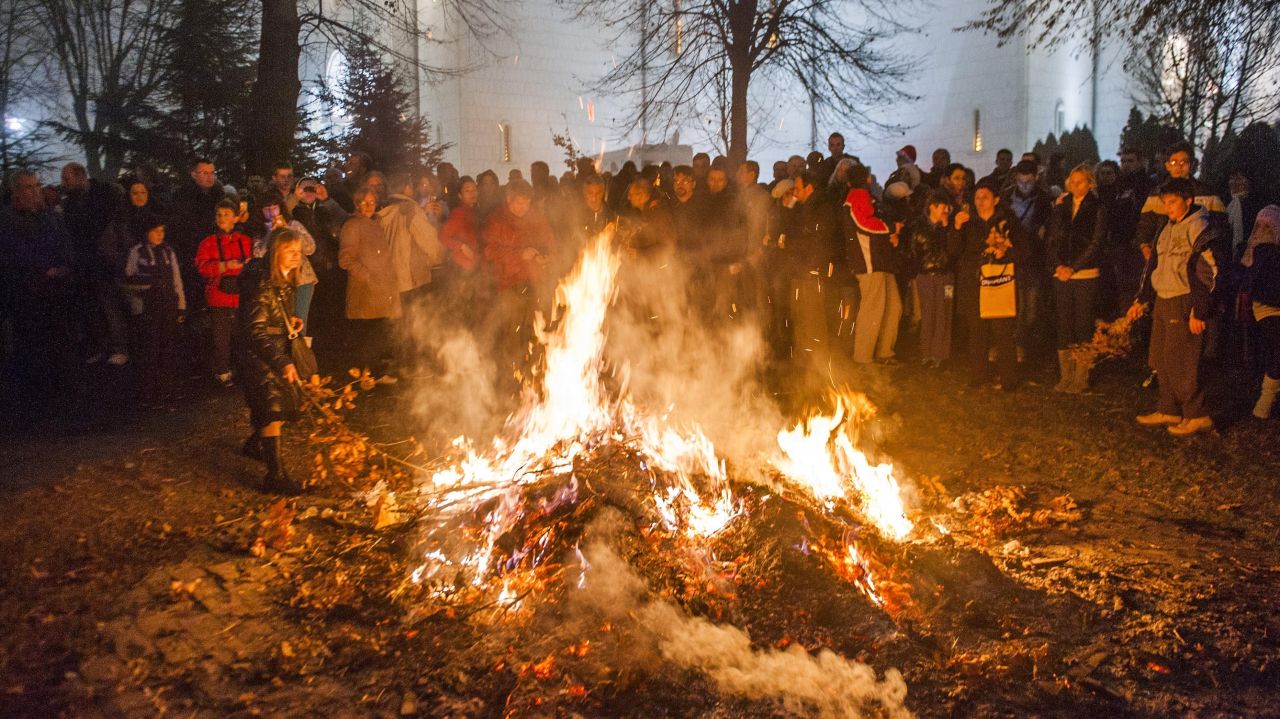
These days we use Yule as a synonym for Christmas (“Yuletide greetings!”) or to declare a fire log or a log-shaped cake as seasonally appropriate. But in old Norse traditions, Yule was an entire season of the year, lasting approximately two months from about mid-November to mid-January. It predates Christian celebrations in that part of the world, and the several festivals held during that time are probably better described as New Year’s celebrations.
Bonfires, animal sacrifices, and drinking were likely part of the festivities. But the yule log, specifically? Not only are we unable to trace it back to pre-Christian Yule celebrations, it’s possible that it was originally a Christmas tradition that was later rebranded as “Yule.”
The “12 days of Christmas” begin on Christmas
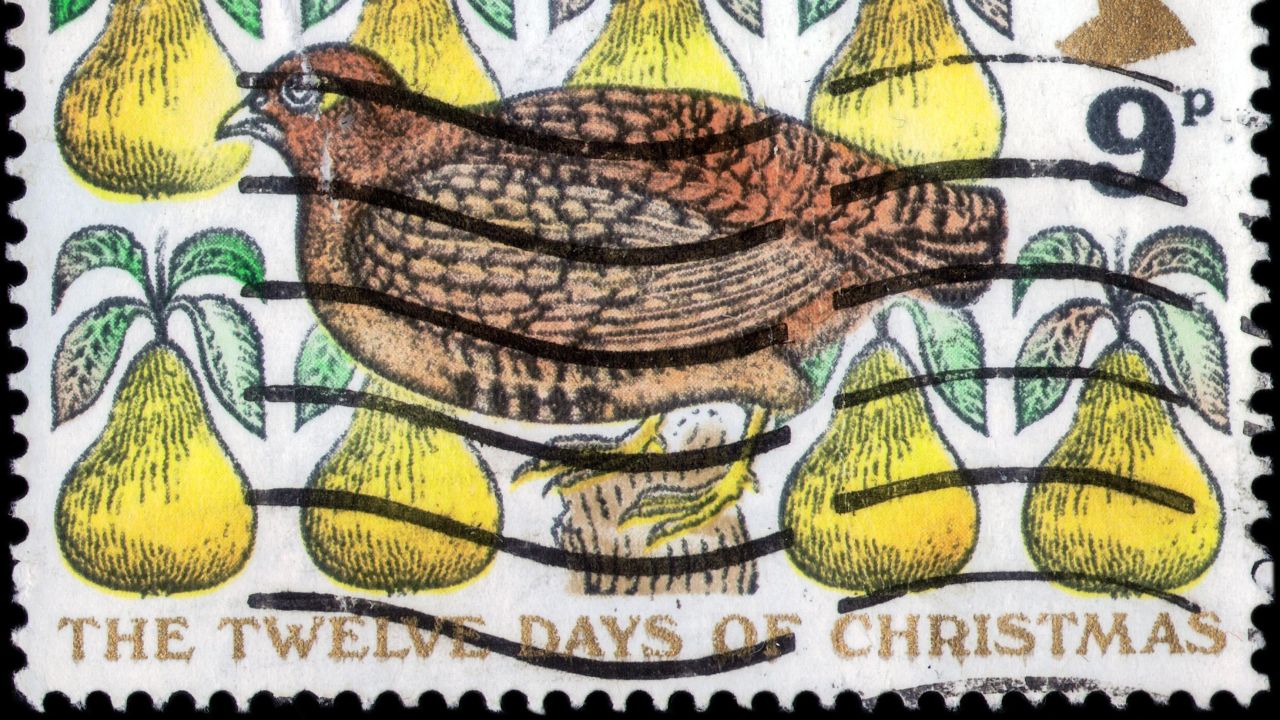
As you listen to that song about the quadratically increasing gifts of livestock, you may wonder what the “first” day of Christmas is supposed to mean, anyway. Isn’t Christmas just one day?
While these days we tend to hold holiday parties throughout all of December and cease celebrating by the 26th, for much of history the schedule was the opposite. The church held that Advent (starting four Sundays before Christmas) was a time of fasting and spiritual preparation. On Christmas you can start to party.
The 12 days, then, are the days beginning on Christmas and ending just before Epiphany on January 6. In several European traditions, these 12 days were a Mardi-Gras-calibre time of feasting and debauchery. See also: Twelfth Night, arguably Shakespeare’s silliest play, written to be performed at the big finale.
